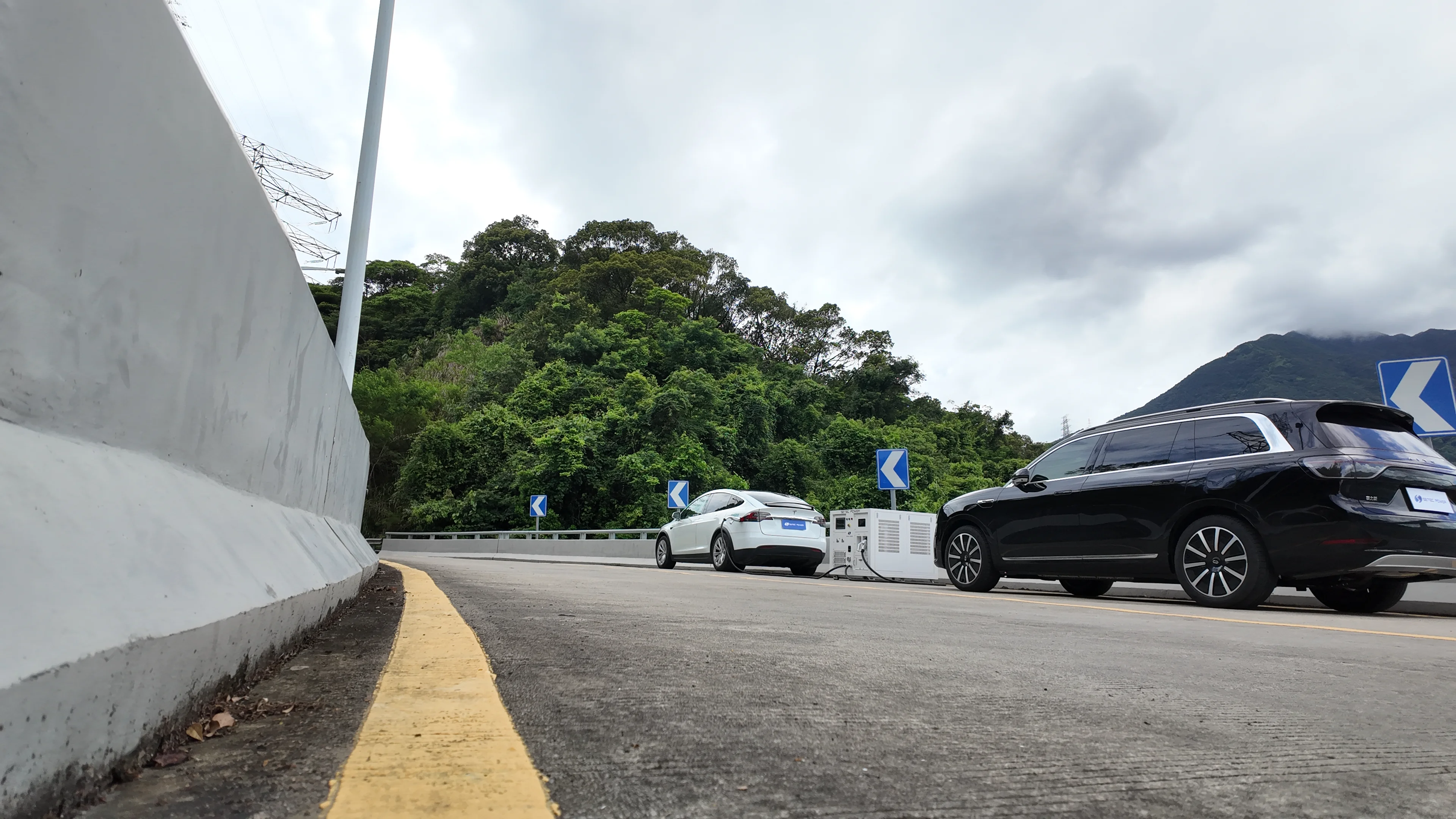Jan 18, 2024
From the perspective of charging efficiency and demand:
The charging characteristic curve of electric vehicles usually shows a significant downward trend, that is, as the battery power increases, the rate at which it accepts charging gradually slows down. Ideally, if the charging process can maintain a stable charging rate requirement, the need for dynamic adjustment will be greatly reduced. However, in actual situations, different models of electric vehicles have different charging characteristics. Only a few models can achieve a steady decrease in charging rate, and there are many models with high charging capabilities on the market. However, this type of high power demand is often difficult to widely match because chargers that can provide equally high power output are relatively scarce on the market. In addition, even for high-performance electric vehicles, their maximum power output is limited by factors such as battery thermal management and safety, making it difficult to maintain it for a long time.
Therefore, in fast charging scenarios, electric vehicles generally need to dynamically adjust their charging power requirements to adapt to changes in battery status, which has given rise to the need for dynamic charging technology. Specifically, the power request at the beginning of charging may far exceed that at the end of charging, requiring the charger to have the ability to flexibly adjust the configuration during the charging process to accurately match changes in vehicle demand.
Benefits for charging operators:
Dynamic charging technology significantly improves the utilization and flexibility of charging infrastructure. By sharing charging capacity, operators can efficiently deploy more charging points in the same area, thereby improving the overall utilization of charging capacity and achieving a better capacity ratio than a single high-power charger. In addition, this technology also allows operators to flexibly configure charging capacity according to actual demand without over-investing in peak demand during extreme peak hours, effectively reducing investment costs. In most cases, dynamic charging can ensure stable power output for multiple electric vehicles, maintaining efficient charging even when the vehicles do not reach their maximum power demand at the same time.

Implementation of priority charging mechanism:
Dynamic charging technology also supports flexible charging priority settings, which can automatically adjust the charging sequence based on vehicle type, arrival time and other factors. This not only helps optimize the efficiency of urban transportation operations, such as giving public transportation vehicles higher charging priority, but also reflects the fairness and flexibility of charging services.
Positive impacts for electric vehicle drivers:
Within the charging area, dynamic charging technology enables intelligent allocation of charging resources. When the charging demand of an electric vehicle decreases, its excess charging capacity can be immediately transferred to other vehicles with higher demand, thus ensuring the overall charging efficiency of the charging area. This mechanism not only shortens the waiting time for electric vehicles, but also improves the user experience, allowing drivers to enjoy more convenient and efficient charging services.
Looking at it from a sustainable development perspective:
As electric vehicles become increasingly popular today, dynamic charging technology, as an important means of load management, not only helps reduce operators' operating costs, but is also of great significance to environmental protection and sustainable development. By optimizing power usage, this technology promotes efficient use of energy, reduces resource waste, and provides strong support for the healthy development of the electric vehicle industry. In the increasingly competitive electric vehicle market, operators who master dynamic charging technology will be more competitive and able to achieve higher operational efficiency and profitability.



